There is a prize purse of up to $500000 for the team that can keep the astronauts fed during deep space journeys. Read the details here.
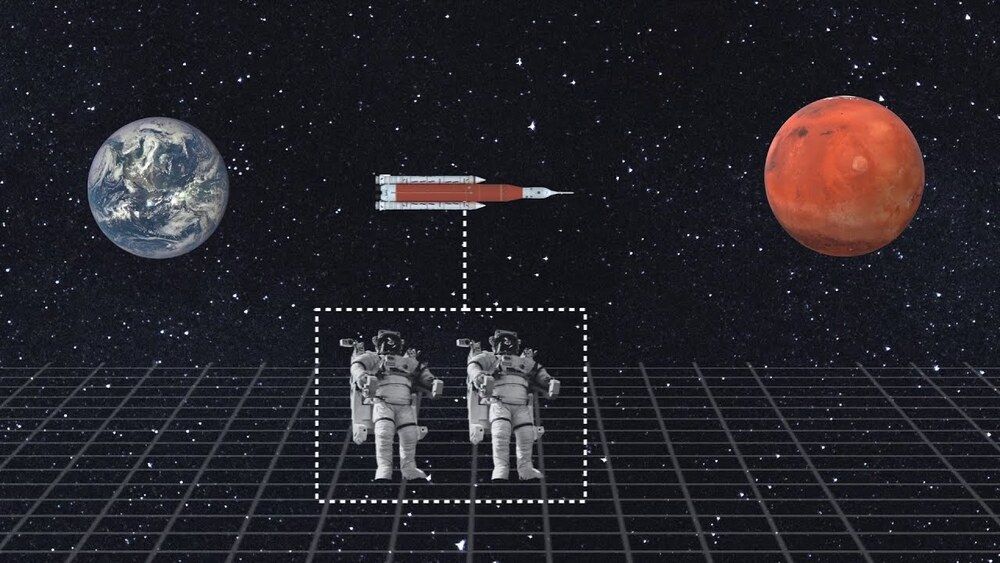

There is a prize purse of up to $500000 for the team that can keep the astronauts fed during deep space journeys. Read the details here.

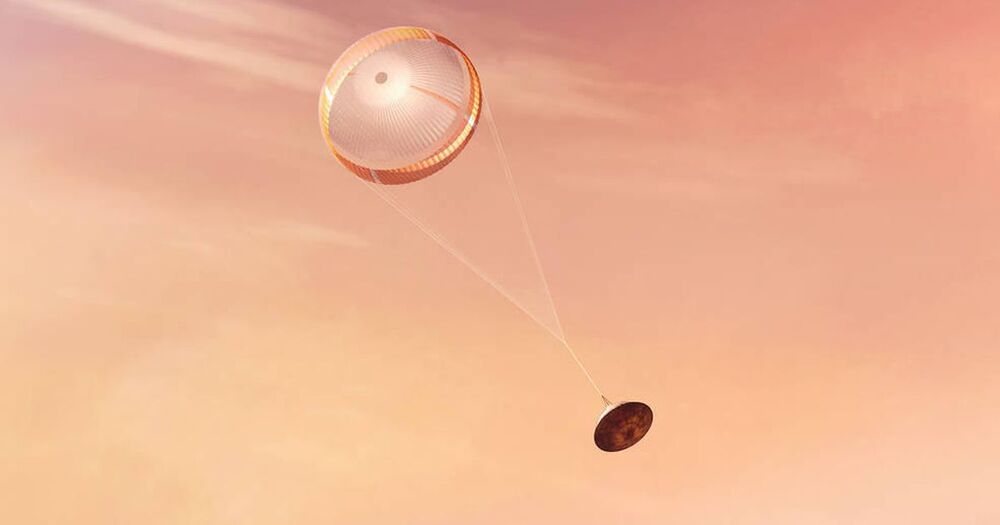
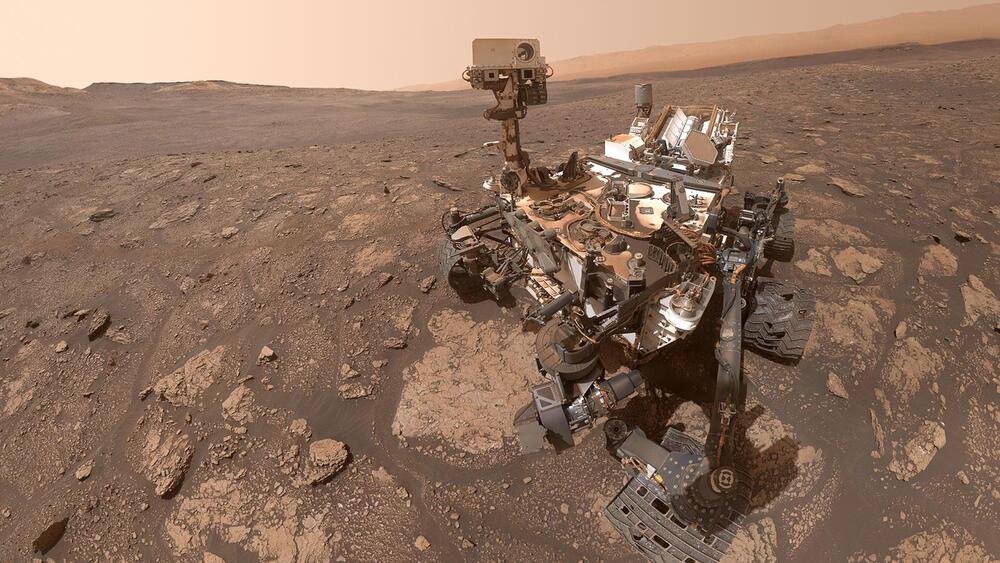
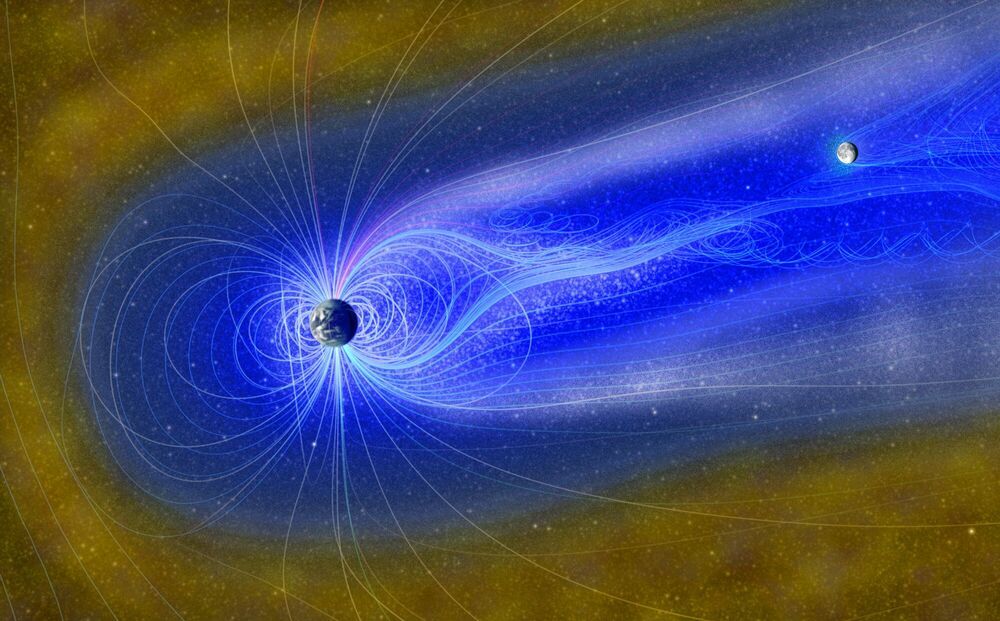
Before the Apollo era, the moon was thought to be dry as a desert due to the extreme temperatures and harshness of the space environment. Many studies have since discovered lunar water: ice in shadowed polar craters, water bound in volcanic rocks, and unexpected rusty iron deposits in the lunar soil. Despite these findings, there is still no true confirmation of the extent or origin of lunar surface water.
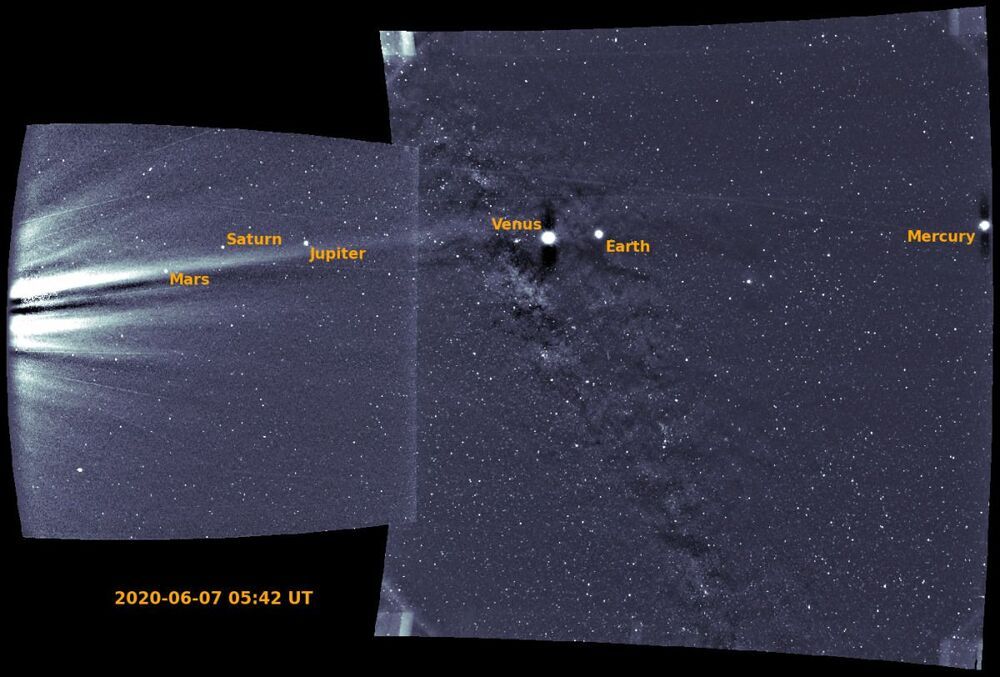
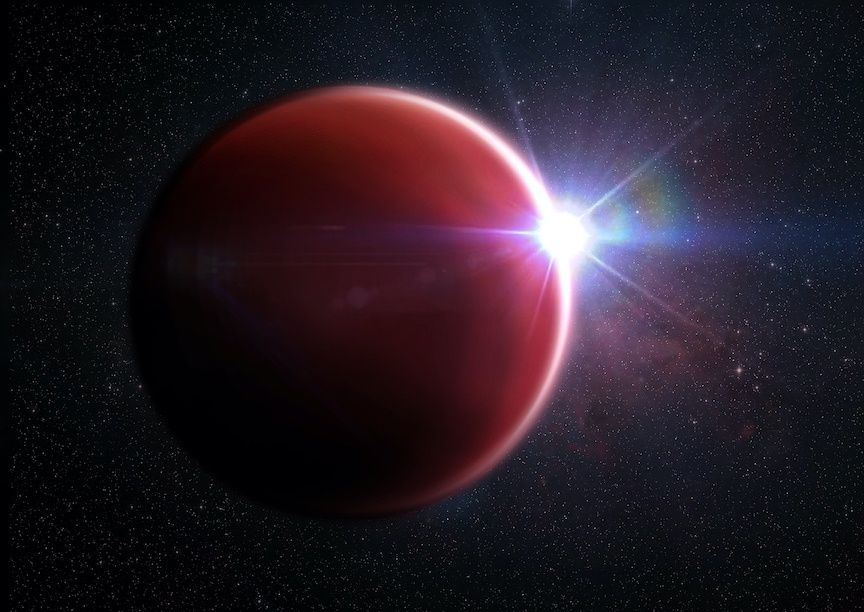
Astronomers have found the first Jupiter-like exoplanet with no clouds or haze. It’s an ideal object for further study with the James Webb Space Telescope.
Can you picture Jupiter without any observable clouds or haze? It isn’t easy since Jupiter’s latitudinal cloud bands and its Great Red Spot are iconic visual features in our Solar System. Those features are caused by upswelling and descending gas, mostly ammonia. After Saturn’s rings, Jupiter’s cloud forms are probably the most recognizable feature in the Solar System.
Now astronomers with the Center for Astrophysics | Harvard & Smithsonian (CfA) have found a planet similar in mass to Jupiter, but with a cloud-free atmosphere.

Axions may be produced thermally inside the cores of neutron stars (NSs), escape the stars due to their feeble interactions with matter, and subsequently convert into x rays in the magnetic fields surrounding the stars. We show that a recently discovered excess of hard x-ray emission in the 2—8 keV energy range from the nearby magnificent seven isolated NSs could be explained by this emission mechanism. These NSs are unique in that they had previously been expected to only produce observable flux in the UV and soft x-ray bands from thermal surface emission at temperatures $\ensuremath{\sim}100\text{ }\text{ }\mathrm{eV}$. No conventional astrophysical explanation of the magnificent seven hard x-ray excess exists at present.

Exploring new approaches to improve the capabilities and accuracy of robots, a team of researchers in Singapore has turned to an unexpected source: plants.
Robots have been dispatched to move cars, lift weighty inventory in warehouses and assist in construction projects.
But what if you need to delicately lift a tiny object 1/50th of an inch?
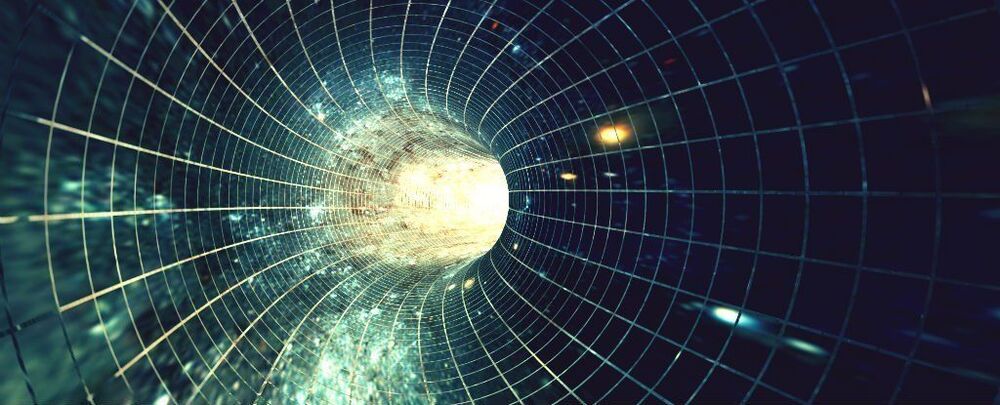
No one has yet managed to travel through time – at least to our knowledge – but the question of whether or not such a feat would be theoretically possible continues to fascinate scientists.
As movies such as The Terminator, Donnie Darko, Back to the Future and many others show, moving around in time creates a lot of problems for the fundamental rules of the Universe: if you go back in time and stop your parents from meeting, for instance, how can you possibly exist in order to go back in time in the first place?
It’s a monumental head-scratcher known as the ‘grandfather paradox’, but in September last year a physics student Germain Tobar, from the University of Queensland in Australia, said he has worked out how to “square the numbers” to make time travel viable without the paradoxes.